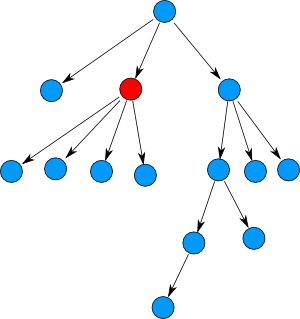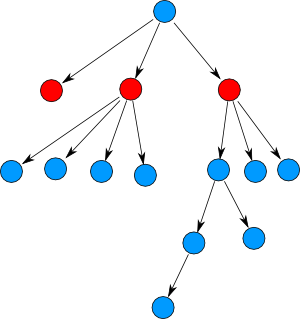nullprogram.com/blog/2011/01/12/
I'm a window manager vagrant, wondering from window manager to window
manager over the years. When I started using GNU/Linux about 7 years
ago, I was using KDE. Years later, Gnome, then Xfce, a short time with
FVWM, a couple years of IceWM. I spent most of 2010 with xmonad. And I
recently started using Fluxbox.
Now that I've learned how to make effective use of Fluxbox I can't
help but think that a disheartening mistake was made years ago when
the window manager concepts were established. Just like title bars and
the iconic minimize, maximize, and close buttons, I think tabs should
have been a staple of all window managers, with a common accompanying
API. This is the Great Tab Mistake.
Tabs are now an important feature of browsers, and is probably where
tabs have the most recognition among casual computer users. You'll
also find them in some terminal emulators, text editors, spreadsheets,
and word processors.
I don't really know much of the true history of tabs, but this is my
guess. Tabs really made their big debut in the browser wars of the
1990's. The web browsers of the day competed for market share, two of
them in particular. Just as you'd expect many kinds of competing
software, they differentiated themselves on features (which actually
still causes problems to this day).
One major feature to pop up was tabbed browsing. Exploring the
hyperlink graph of the web from multiple positions at once became a
lot cheaper with tabs. The only way to do it otherwise would be to
open multiple windows, which required interacting with the frequently
clumsy windowing systems (i.e. alt-tabbing). Even though the web is an
arbitrary directed graph, in practice we explore its hierarchical
sub-graph tree.
With only one page open at a time, there's a lot of backing in and out
to explore the full hierarchy. It's more of a depth-first search. Easy
to get lost.

With multiple pages open in different tabs, we have a hold of several
points of the hierarchy at once. We can advance further down each part
of the hierarchy, creating more page instances as needed, at
leisure. It's more of a breadth first search.

However, the early tab paradigm was flawed, which may have party
caused the Great Tab Mistake. Though this flaw was has recently begun
to be corrected with newer browsers like Chromium. The tabs are meant
to analogous to the tabs in a real-world booklet. The tab hangs off
the end and switching tabs changes the entire page. Those early tabs
were placed below elements that were tied to the page,
particularly the address bar. Changing tabs changed content
above and below the tab.

These tabs were too low! They should have been higher, just below the
title bar, if not part of the title bar itself. This brings me back to
my point: tabs are really a feature of the window manager,
because it's really a way to manage separate, but associated, windows!
Why am I only realizing this now? One of the features of Fluxbox is
tabs as part of the window manager. Any window's title bar can be
dragged into another window's title bar and they'll be combined as a
single tabbed window. Key bindings can be assigned to move between
tabs in the same way as a browser. If Firefox had hooks into this
system that would allow me to substitute window manager tabs in place
of its tabs, that's definitely what I'd be doing. Instead, I've got
two different tab systems serving the same purpose.
Why have everyone re-invent the wheel, each with their own quirks and
configuration, that is redundant with a system that already exists
solely for that purpose? It's a mistake!